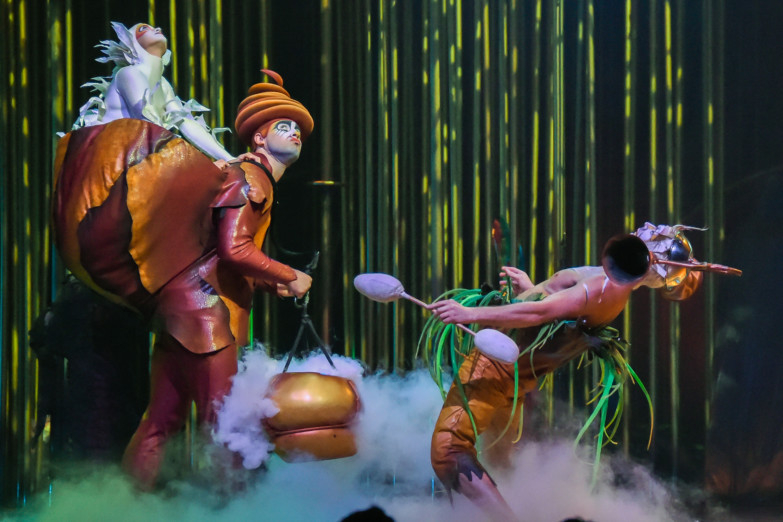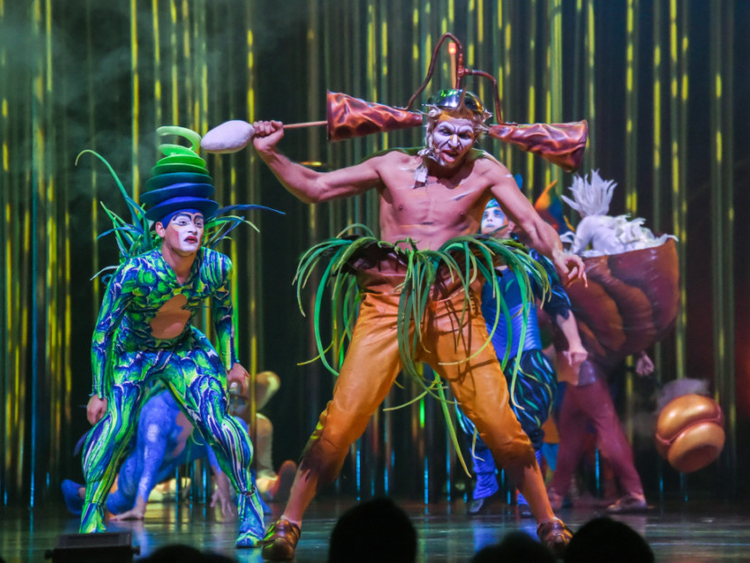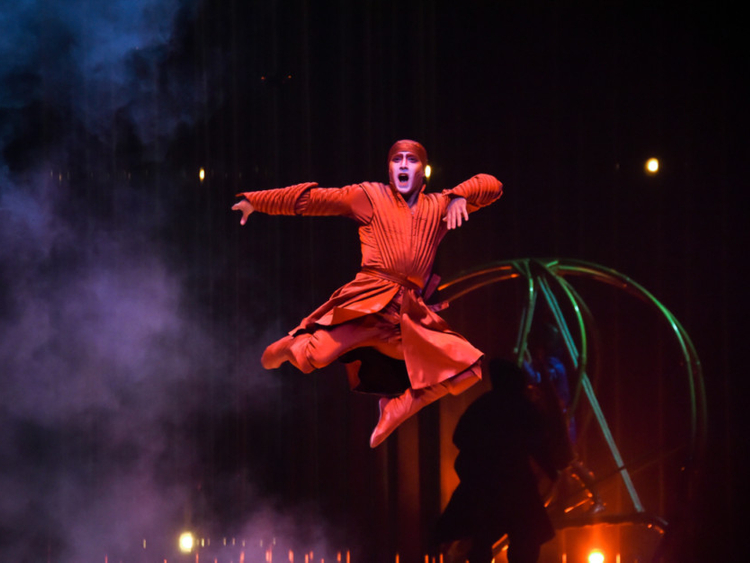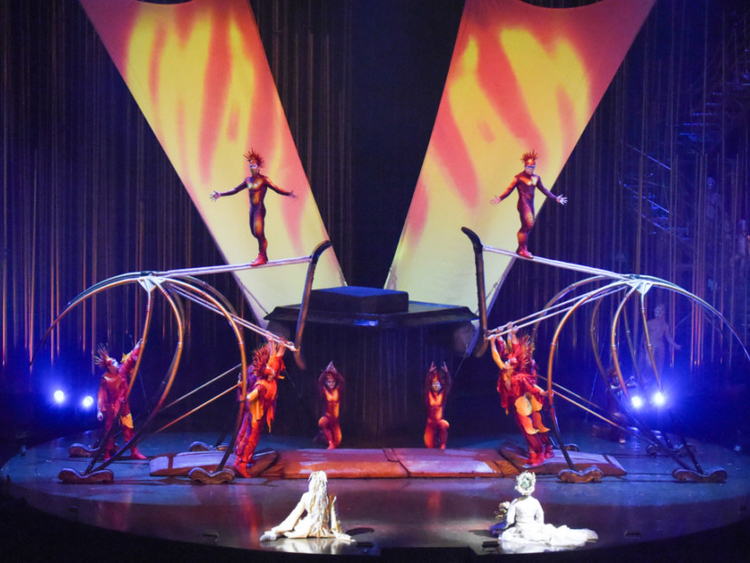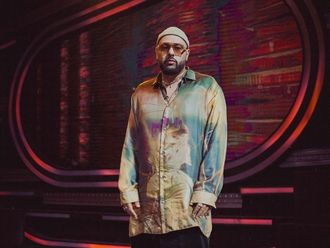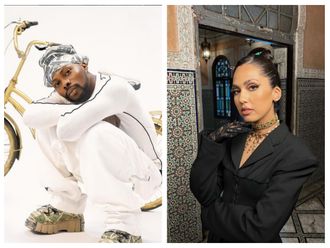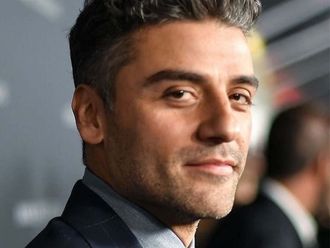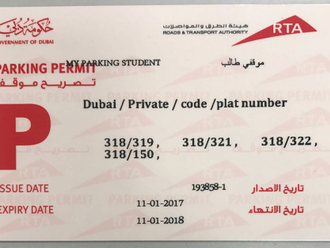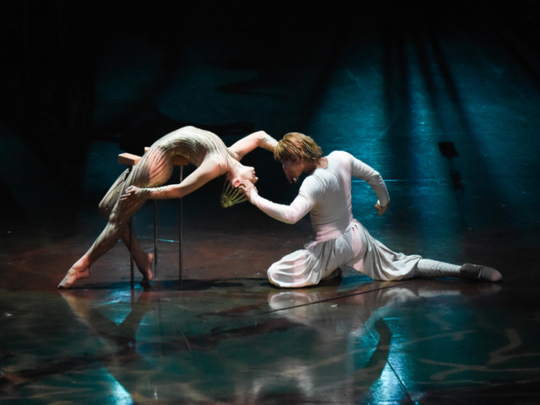
The circus is a dangerous place to work.
As audiences, we watch acrobatic productions such as Varekai — which Cirque du Soleil has been putting on for 14 years, and which will take place at Dubai World Trade Centre on September 16-26 — from between the slits of our fingers. We flinch when that one guy contorts himself into a human pretzel, and we recoil when that other girl spins, jumps, hangs and flings herself into the air in a way that seems counterintuitive to… well, a natural instinct to live.
“It’s circus. People are also coming to see that. That’s the thrill,” said artistic director Michael G. Smith.
In his experience, the fear that something might go wrong is just as prevalent backstage as it is in the audience. It demands a level of focus that could, quite literally, be life-saving. That’s why picking the right troupe is important.
“We take a lot of people from sports. They’re tough psychologically and have competed at the Olympics, at world championships, at acro-sports,” said Smith.
“What anybody does in the show is not in their comfort zone. They have to concentrate and their lives matter. They take that responsibility in a group act very seriously … It’s dangerous backstage and it’s dangerous on stage.”
Subsequently, Smith told tabloid! why they tour with a medical team — and why they leave the riskiest act for last.
How much training and rehearsal goes into a show like this?
There are trainings every single day on stage [and] backstage; we carry a gym so people can keep fit. They are elite athletes. Their safety depends on muscle memory. Acrobats need routine so a training day is very structured. We know on a Wednesday, we will be doing this, on a Thursday, that, and so on. It’s always the same. That’s what prevents injuries and keeps the artist very safe, so they can concentrate on the details and the muscle memory does the job for them.
Varekai is Romani for ‘wherever’. How does that tie into the themes of the performance?
We tell stories through metaphors; it isn’t about a forest, [but] here is an enchanted forest. It could be anywhere on the planet and involving anyone on the planet. How we react to each other is universal. Varekai is about man overcoming his adversity and disadvantage. The whole show is about the journey of the central character finding himself. Every single one of us on the planet is making a journey in life to find ourselves and to find a deeper meaning to do whatever we choose to do. Everything is in relation to that. It doesn’t need to be in a forest — it could be in a mountain, on a beach, in a city or on a lake — it doesn’t matter.
The show debuted 14 years ago. In what ways has it most changed? Several acts have been retired from the show, so how do you decide what stays and what goes?
Different acts have changed — the central theme of the show has not changed at all. In a sense, it’s a superficial cosmetic change but for the audience, it’s a big change, because a whole discipline/act is changed. The choice of changing the acts comes when an act becomes a deja vu or we see people copying it. People don’t come to see something they’ve seen at Cirque du Soleil.
Can you tell us about the costumes in the show, and what they represent?
The costumes are designed by Eiko Ishioka, who comes from a very different world than the other costume designers at Cirque. She played with the silhouettes. We don’t have another show that looks like this. It is very unique in the choice of the colour palette and the use of padded costumes underneath the costume to change the silhouettes. The colours … reflect the vivid colours that you find in the animal world and particularly a tropical place.
How long have you been working with Cirque for now?
10 years. I saw Alegria in London in 1999, loved it. I didn’t make a connection about my career path and Cirque du Soleil. At the time, I was working for a new Lido theatre in Shanghai thinking I had two years of work, but it closed and suddenly I was left with nothing … I went online to Cirque du Soleil’s website, clicked on ‘working at Cirque’ and filled in the application form. Within two months, I was an artistic director on Dralion. I had two fantastic three-hour interviews on the phone, then flew to Zurich to meet the person who eventually became my boss.
As the artistic director of the show, you must shoulder a lot of responsibility — what would you say is the biggest task?
The building of individual relationships with 50 different artists who come from different worlds, countries and cultures, because ultimately, the health and safety of the artist is the most important. I cannot assure the safety of the artists unless I have a relationship with them so that I know when they are vulnerable, when they are fragile or when, psychologically, they are not in a good place to do what they have to do, because it is dangerous. A quarter a second of a loss of concentration could be an accident.
You’ve mentioned before that there are a team of medical professionals that travel with Cirque shows. Can you elaborate on that?
We travel with physiotherapists and athletic therapists. It’s more than anything about prevention, helping the artists to keep in top shape. The physios are often Pilates [and yoga] instructors, as well. We have a travelling gym which is supervised by them.
Minor injuries are mostly treated on tour. Obviously, they are not doctors … In every city we go, there is a report made by the team that will include the medical contacts, specialist and reviews, in regards to the specialists we use. The physios are in direct contact with the medical specialist in case of injuries or accidents.
We also hire a massage therapist locally. It’s all part of keeping elite athletes in top condition because doing eight to 10 shows a week at the level that we do is extremely physically demanding.
Out of all the acts in Varekai, which is your personal favourite?
I don’t have a favourite, because I don’t view the show like that. I view the show as a whole from the beginning to the end. One thing is [for] sure in Varekai, the last act, Swing to Swing (Russian swing), is the signature of the show. It’s an incredible act. Nobody else in the world does that and it’s outside of the story. The story of Varekai ends before that act. [It’s] a celebration of love and victory. The theme is a volcano exploding. You can’t leave the show after watching that act without a sense of elation, joy... where everything is possible.
Paul James Bannerman has always been the drummer for Varekai. What does he bring to the show as someone who’s been there since the start?
Paul’s history with Varekai is an important asset to the show. He takes pride in the fact he has never missed a performance; he is incredibly positive on and off stage and his peers feed off this energy. While it’s important for the show to evolve, it’s equally important to have this kind of cast member who can carry the ever-changing history and evolution of the show in a musical context.
Go get yours
Tickets to Cirque du Soleil’s Varekai are available through tixbox.com, and cost between Dh245 to Dh2,295.



